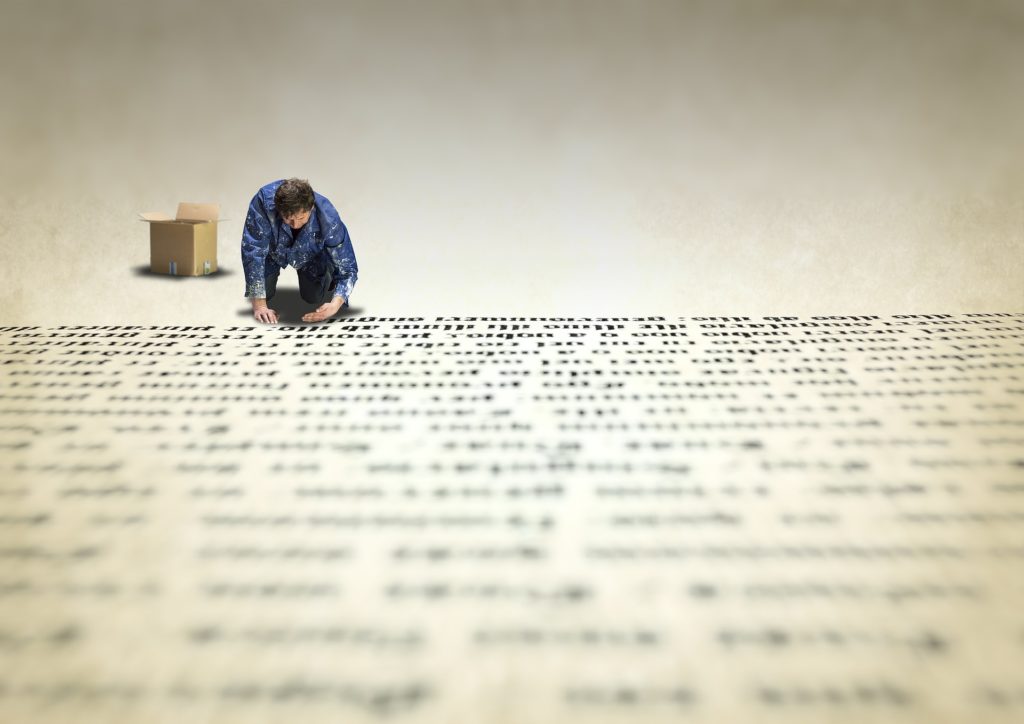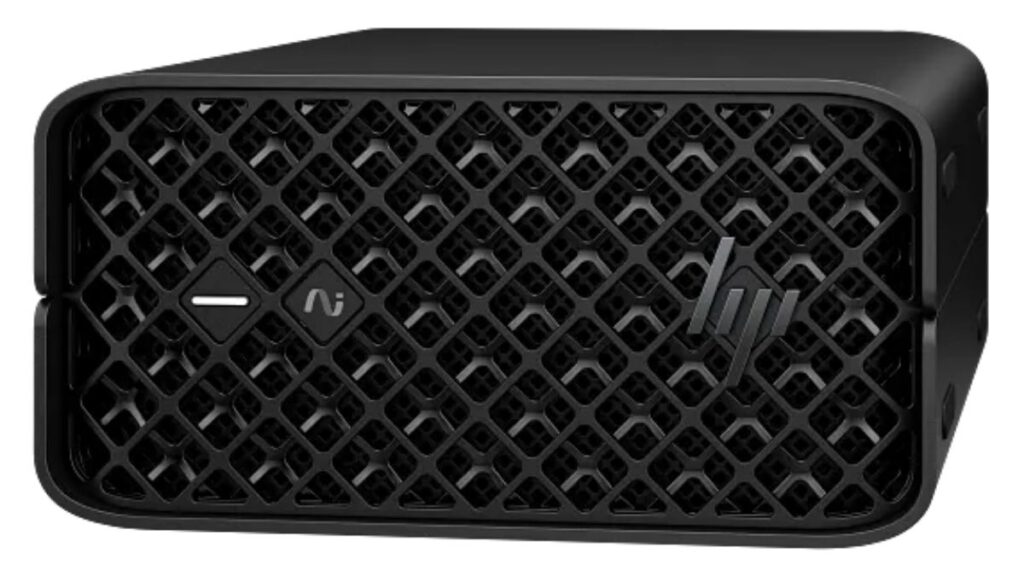Whether it’s Canon, Samsung or HP, the science behind printing mostly works the same across all brands and has proven to be very useful for all sorts of businesses and industries over the years. The ability to print something from your screen to paper is a concept that was invented in 1938, developing to high-speed printing in the year 1953.
In the years since, this technology has advanced even more and now the futuristic concept of <href=”#62d1e6e56585″>3D printing is slowly moving into industries all over the world. Although 3D is an entirely different process, even basic everyday printing is hard enough to comprehend. The science behind it is something that was been perfected over the years, resulting in the standard printing process we see today. There’s actually a lot more science behind the printer than just making sure it’s fully stocked with paper and ink.
The average printer uses metal needles to make thousands of dots which result in words on the paper when you print documents from your computer. The average printer can print 600 dots per inch, but the more advanced printers create a whopping 5,000 – making them a lot faster than they ever were before.
Although you can hear when your printer is working, it’s not because of the actual mechanics in the machine, instead, it’s the constant flow of paper feeding in and out. The printing process translates from your computer via the ink cartridge, scanning the documents and placing ink where you’ve written. When it has finished a line, the paper moves forward so the next line can be printed.
There are many important elements inside the printer that make it work, ink and toner cartridges are just the start of it. Plastic gears driven by a small electronic motor turn the rollers to get the paper through the printer. In order to translate the documents, a flexible ribbon cable is placed inside of the printer, connecting the device to the system.
Printers rarely misplace words, however, there are occasions where older printers may not be entirely accurate and letters will sometimes double up, but that tends to come with age and regular use. In a bid to avoid that, there are plastic and rubber rollers which holds the paper tightly so it can be fed through the printer slowly, resulting in accurate printing.
The metal rail helps guide the printer head while it moves across the page, meanwhile, the spiked wheels at the front also help to grip the paper to keep it precise and accurate.
For standard printing, most people will opt for greyscale, which results in the black ink becoming the main required cartridge for any document. However, this becomes a little more difficult when it comes to printing pictures, as many lighter images may use grey instead of black. While black ink is fine for most day to day printing jobs, color is often used for visual aids.
There’s a lot more ink included in color printing, and because it still needs to be perfectly aligned, it takes extra time to print colored documents. The colors are printed on the page one after another – if you’re printing photos or colored images and find that one color has come out stronger on the page, this usually means you need to restock your ink.
Modern printing has come a long way from physically printing things onto a page, and with new developments coming out each year, it’s definitely a time saver.
- Why Going Green with Tech Doesn’t Need to Cost the Earth - September 18, 2020
- Under 13s Most Likely to Suffer a Phone Related Injury - August 22, 2020
- The Products You Need for a Business on the Move - June 16, 2020



